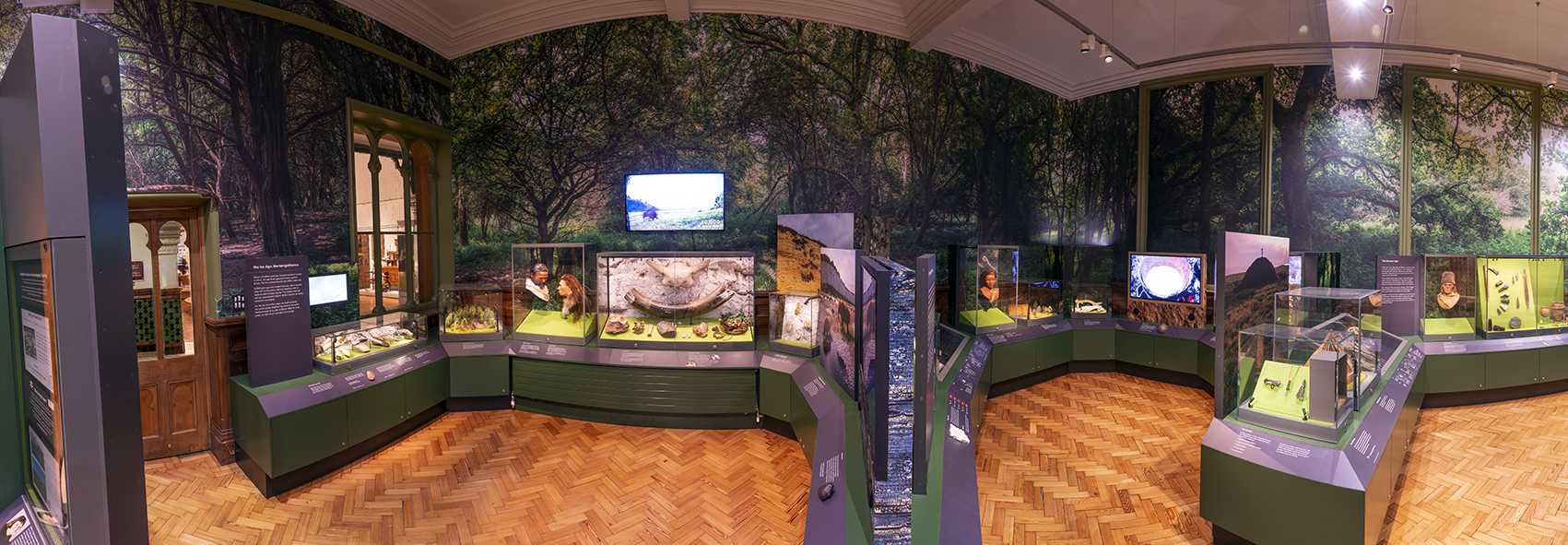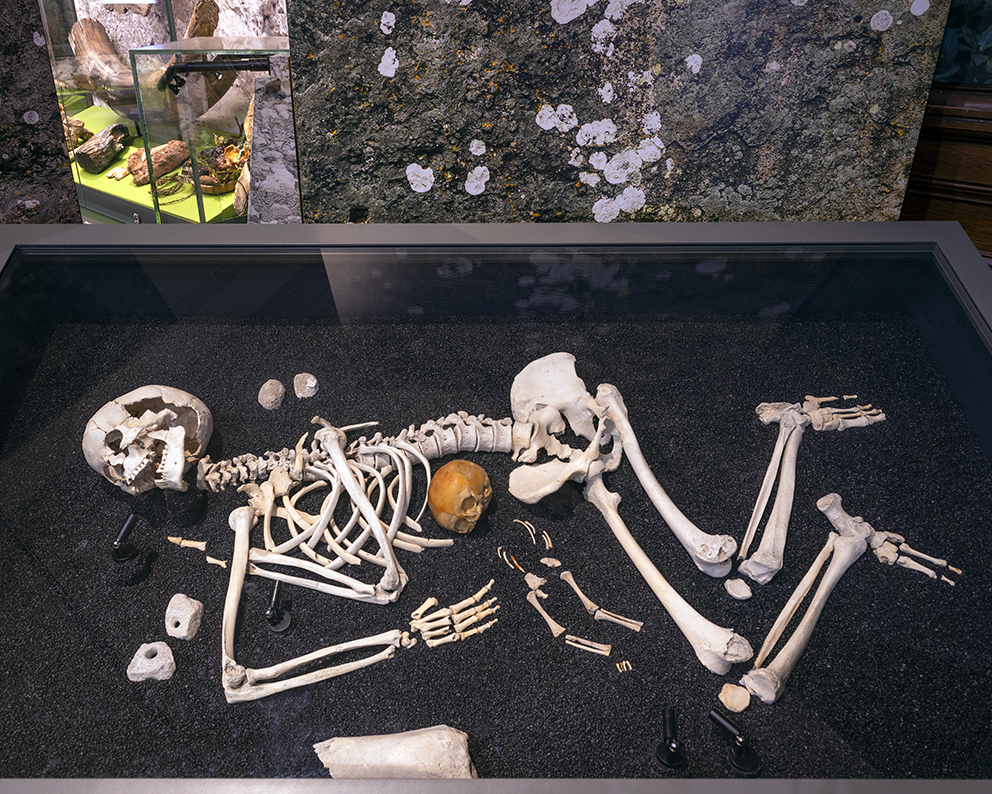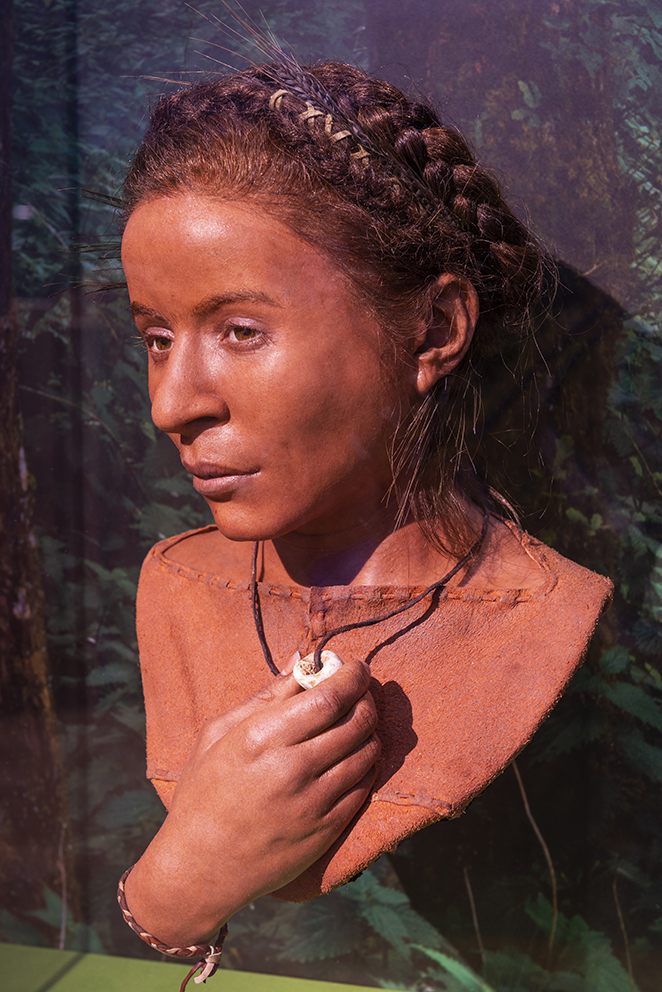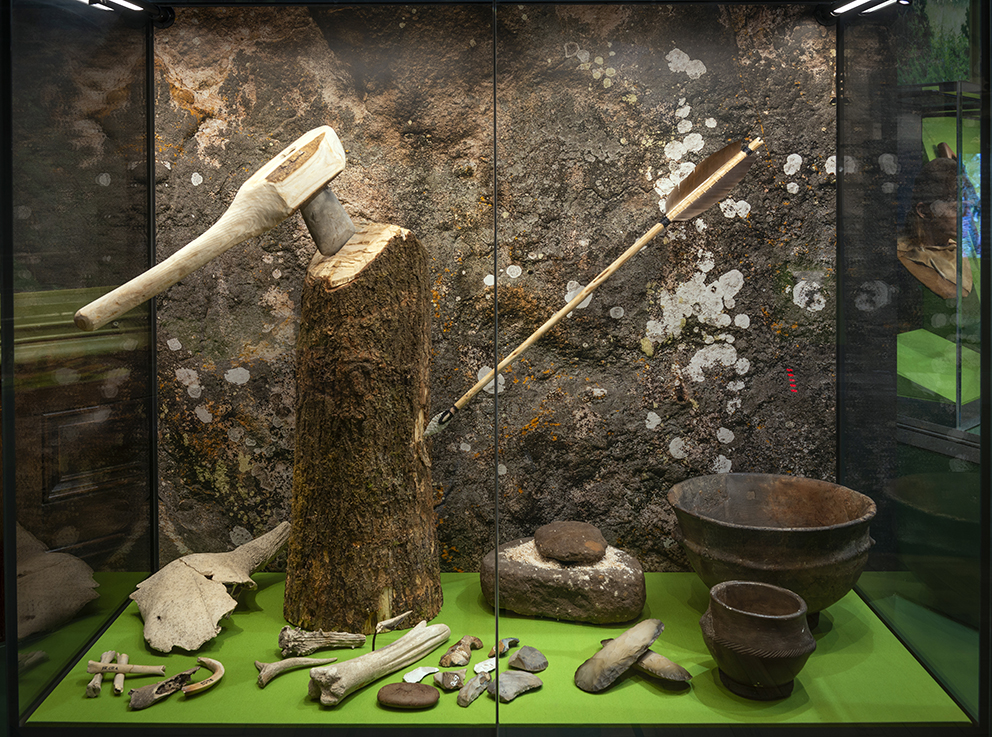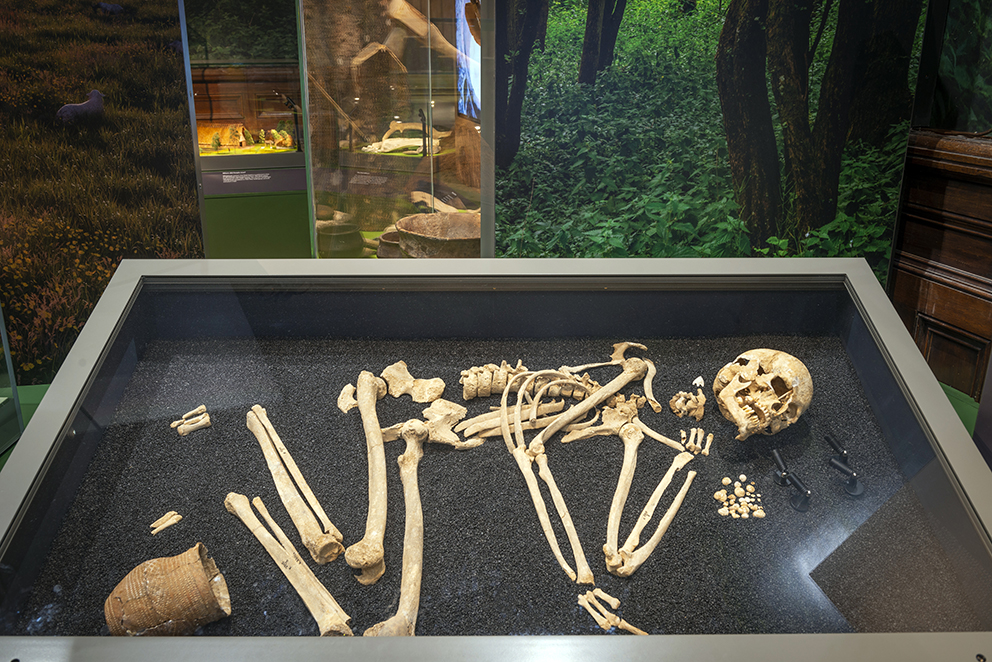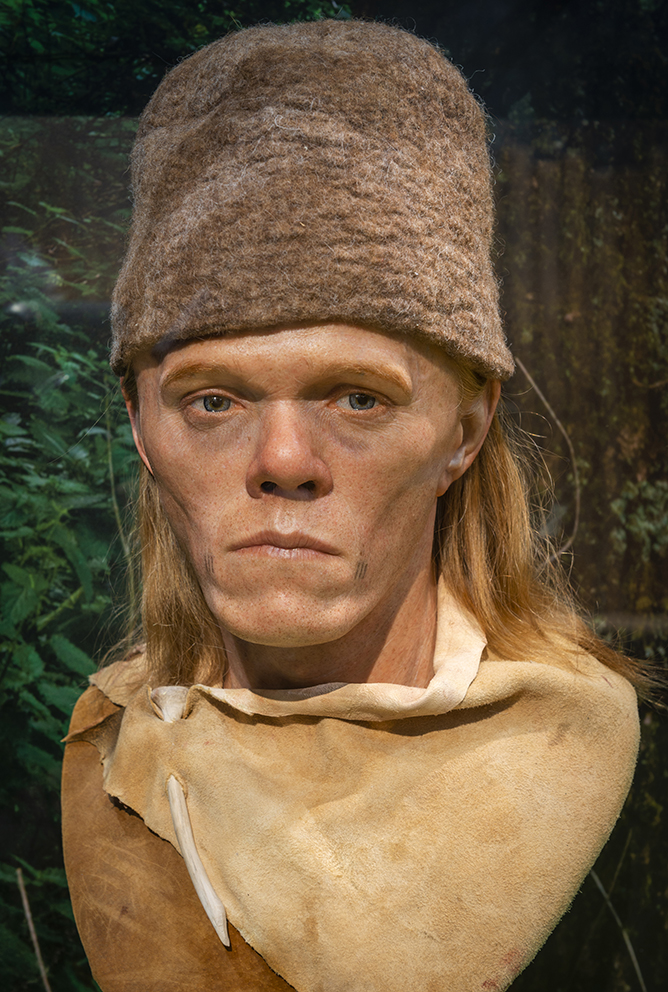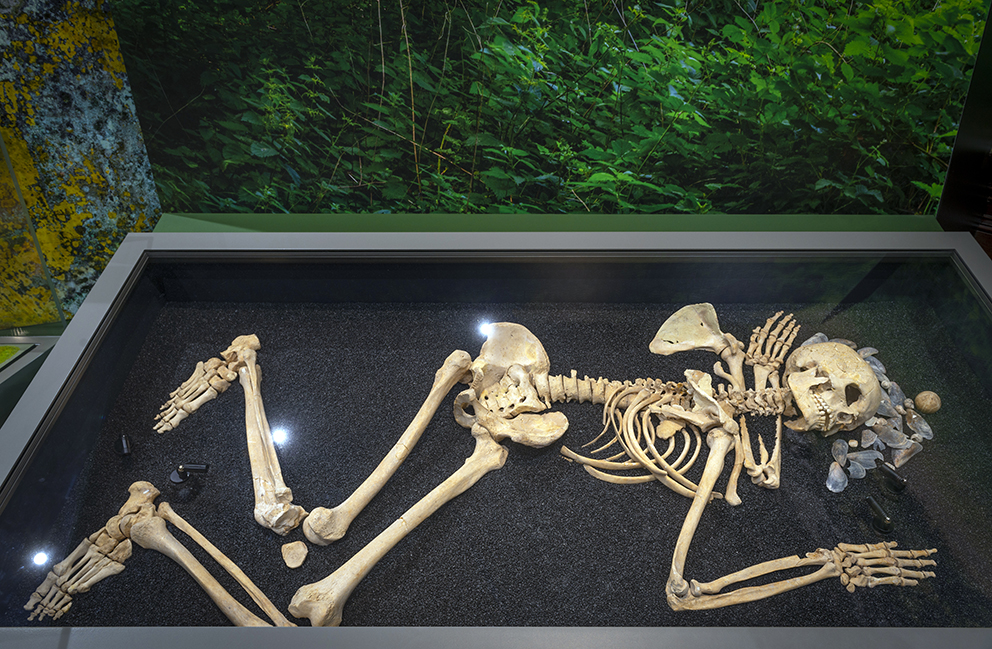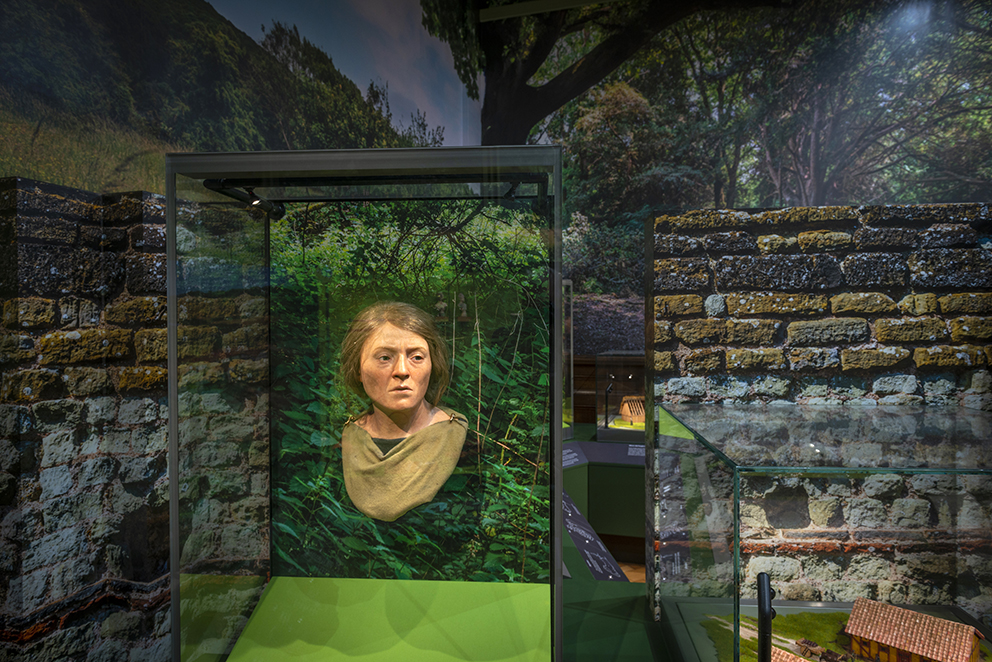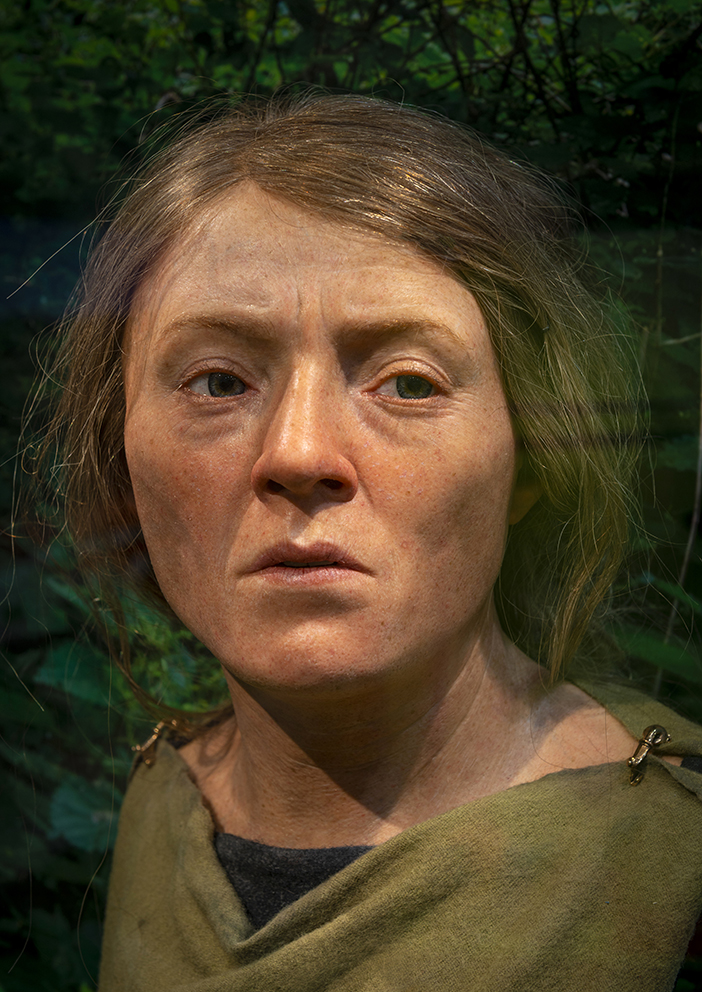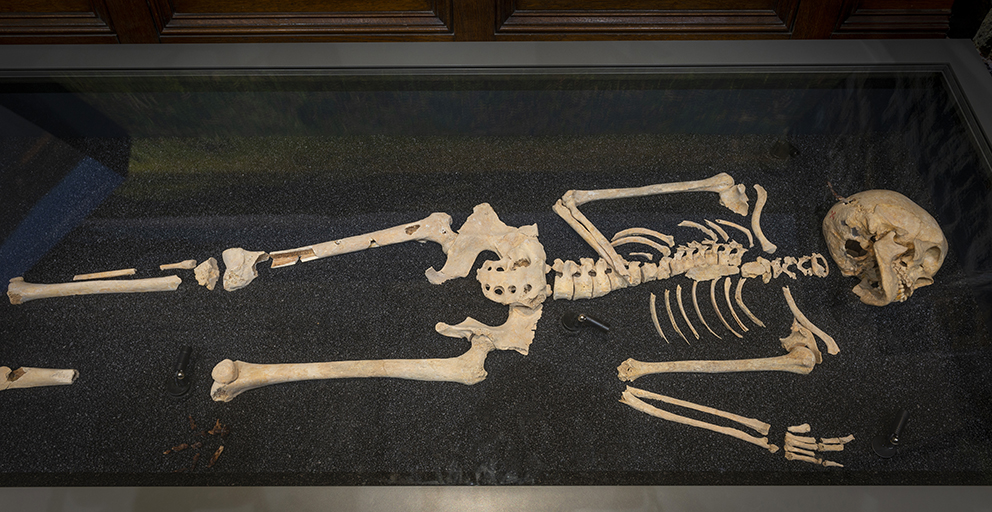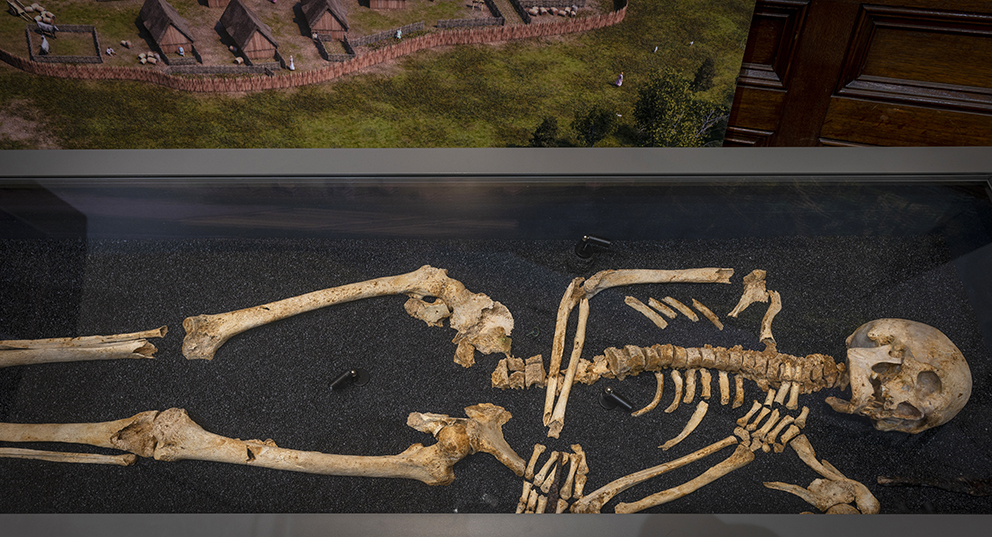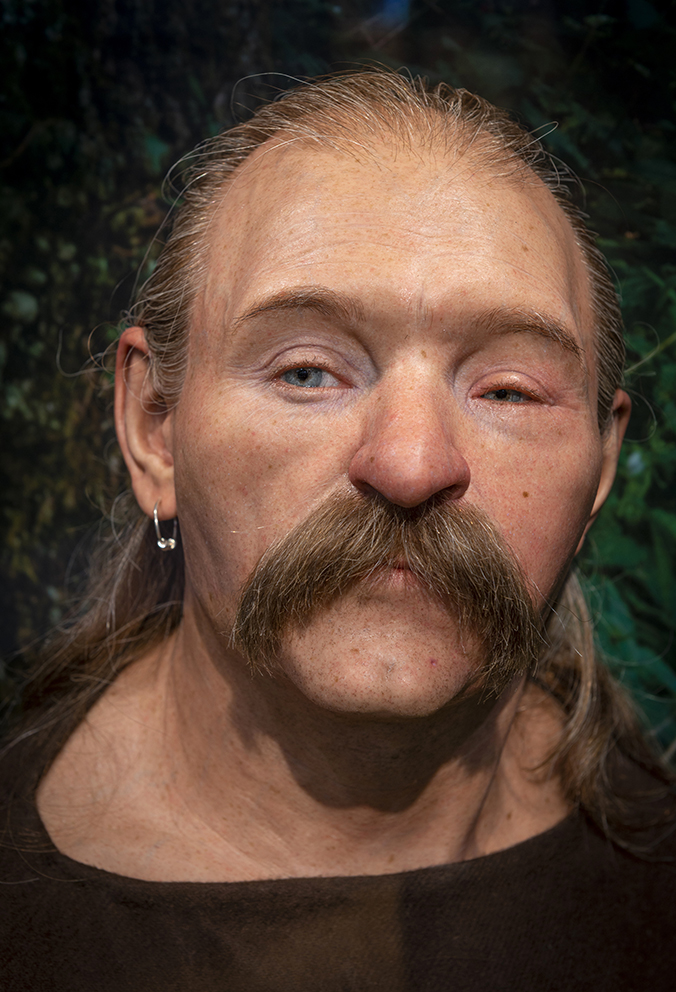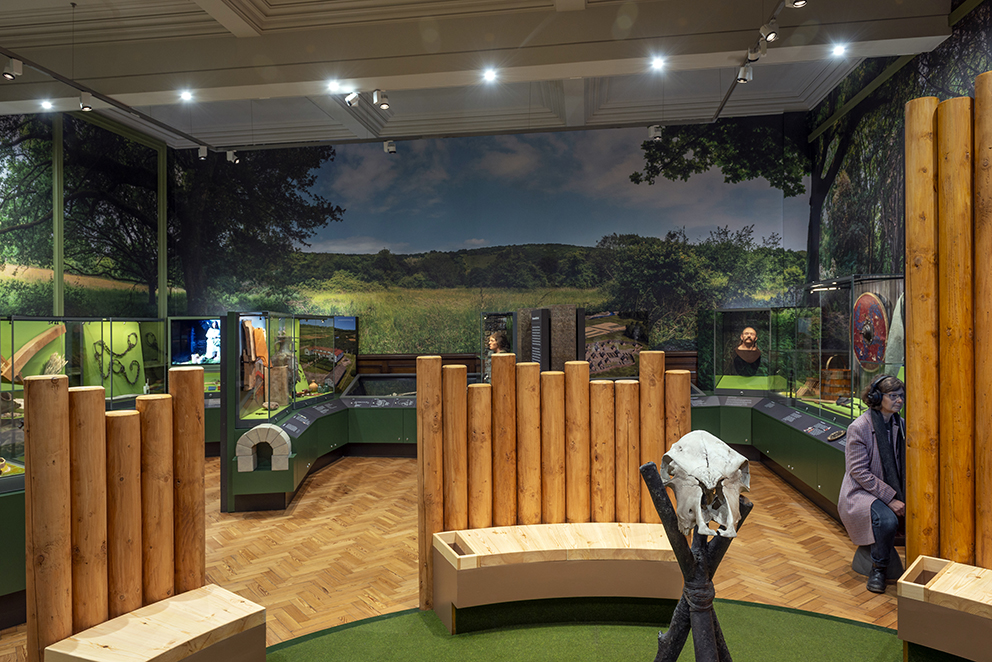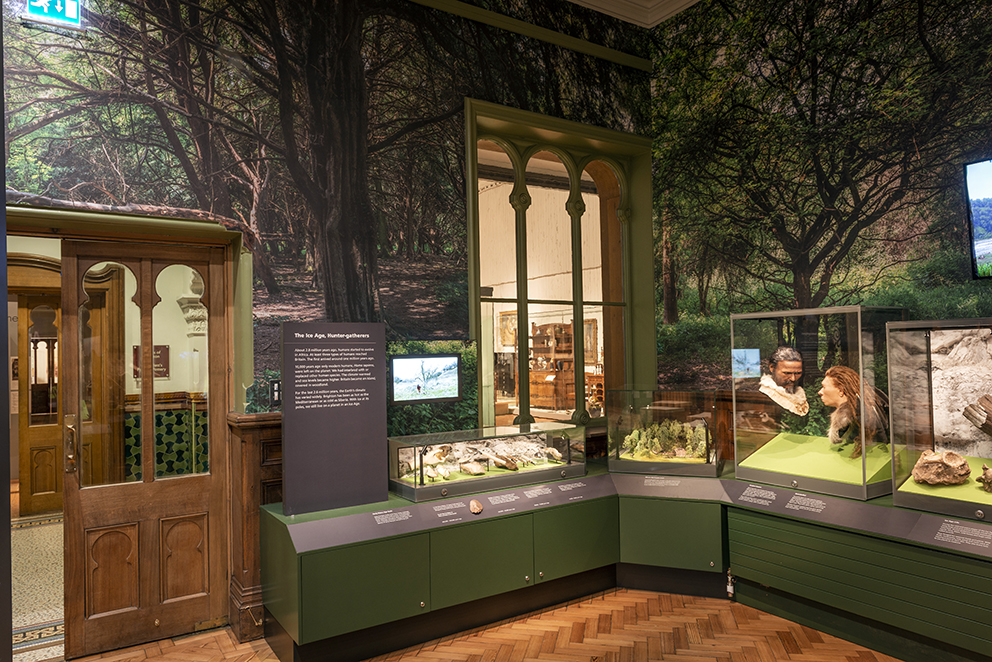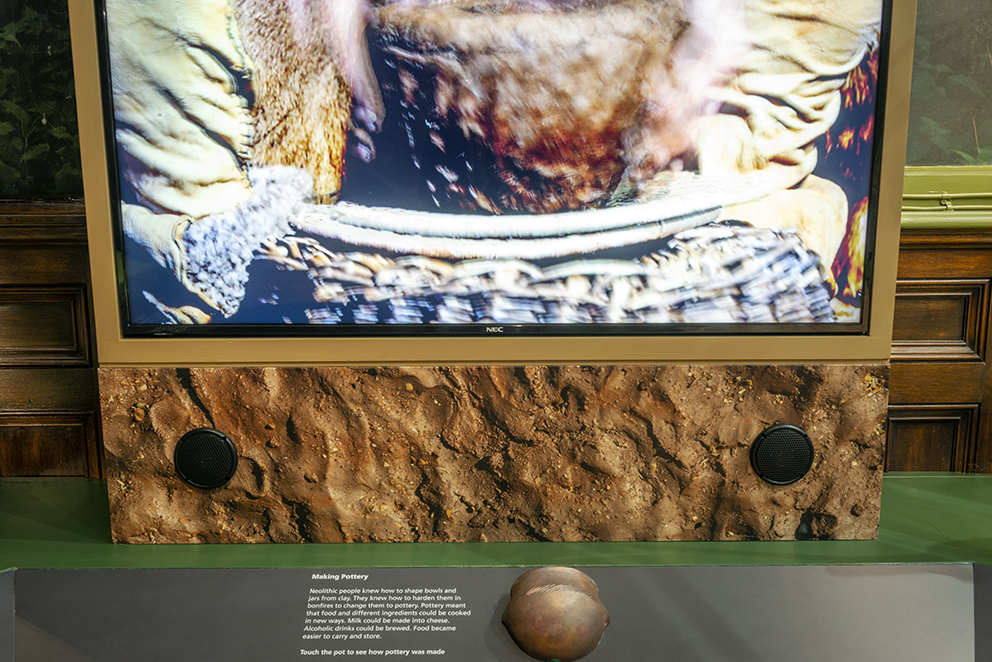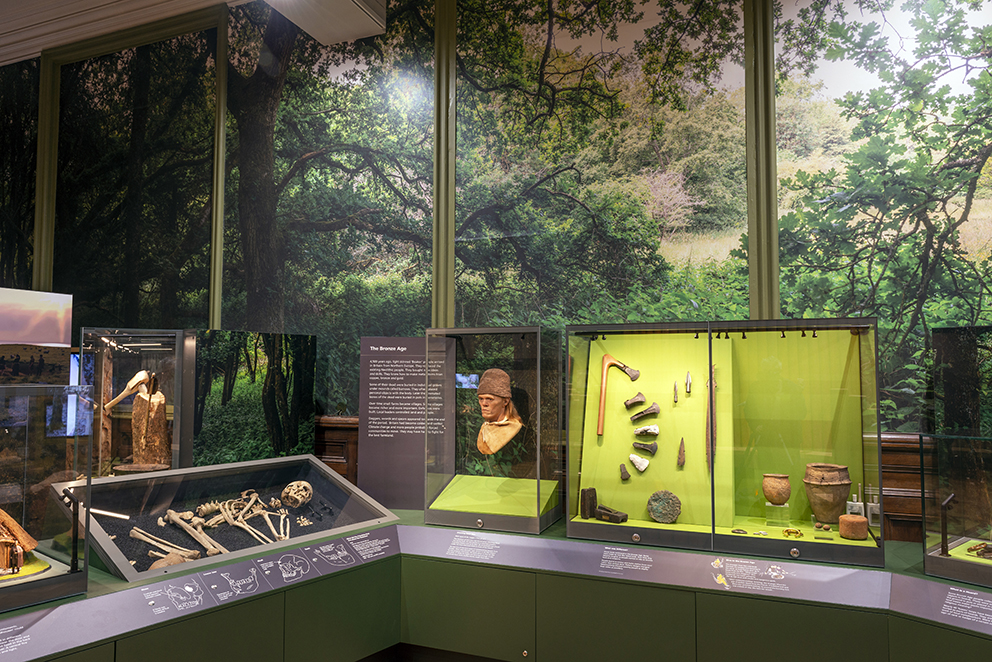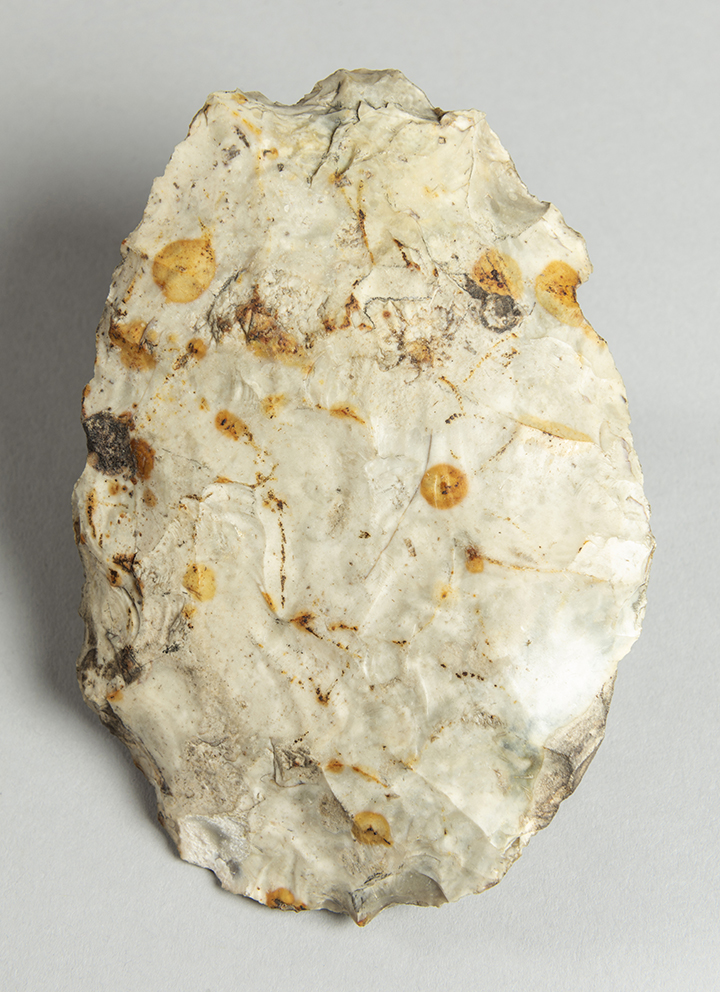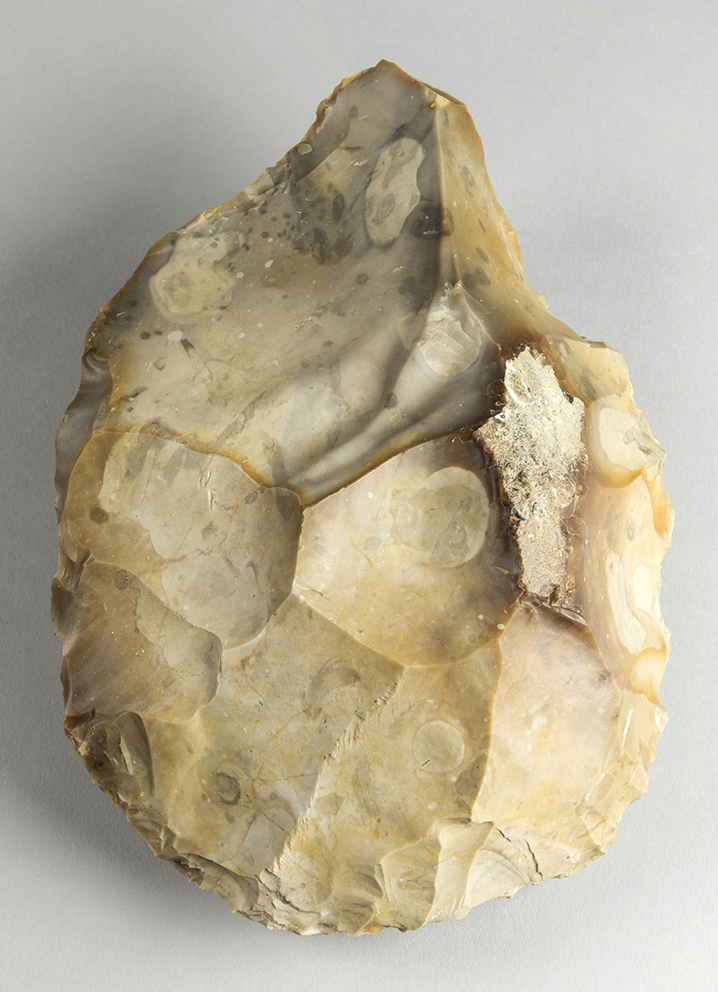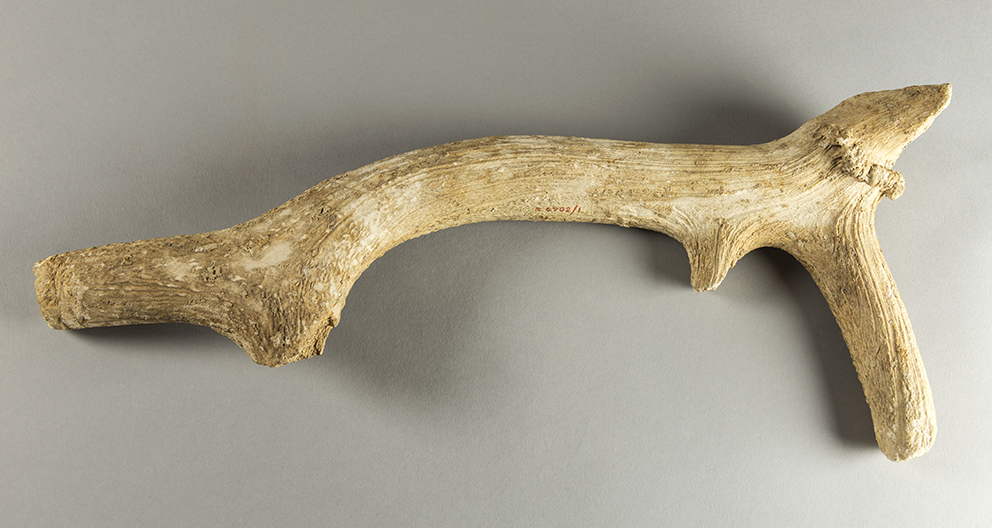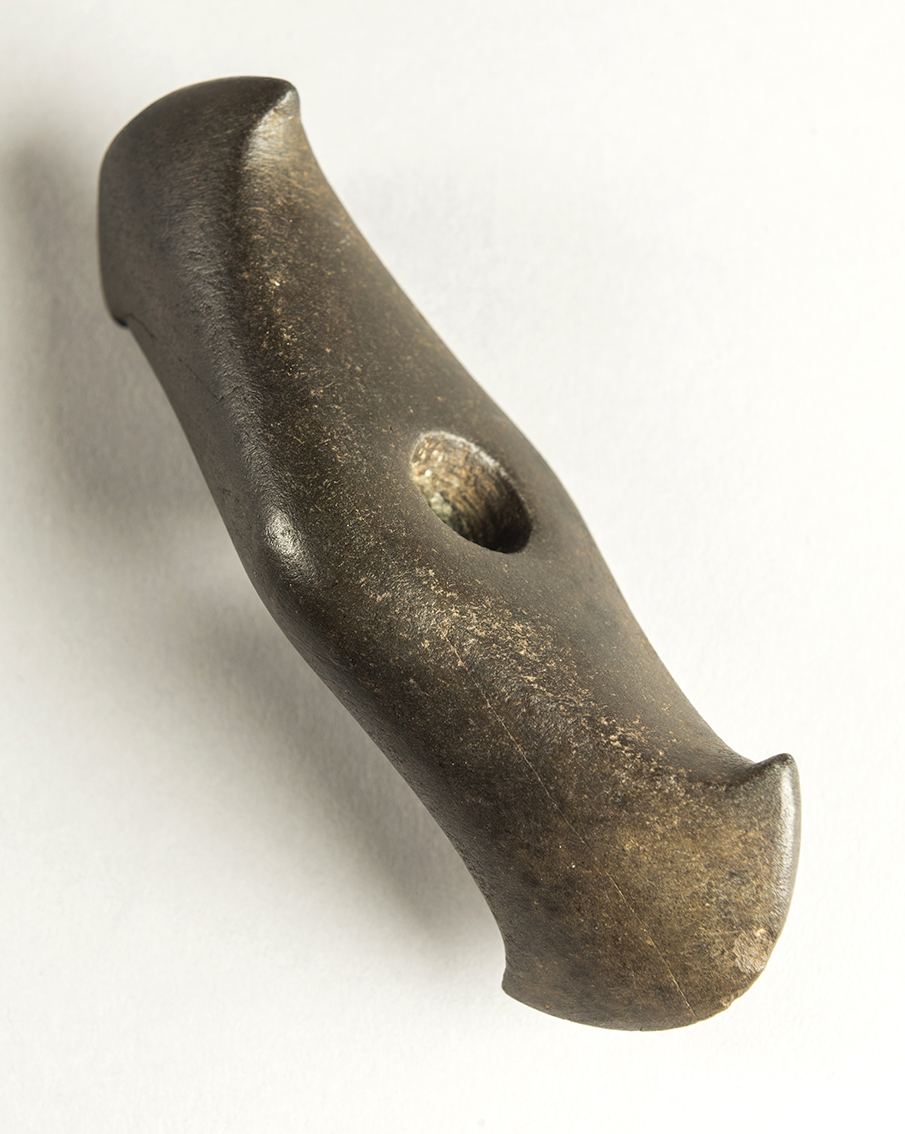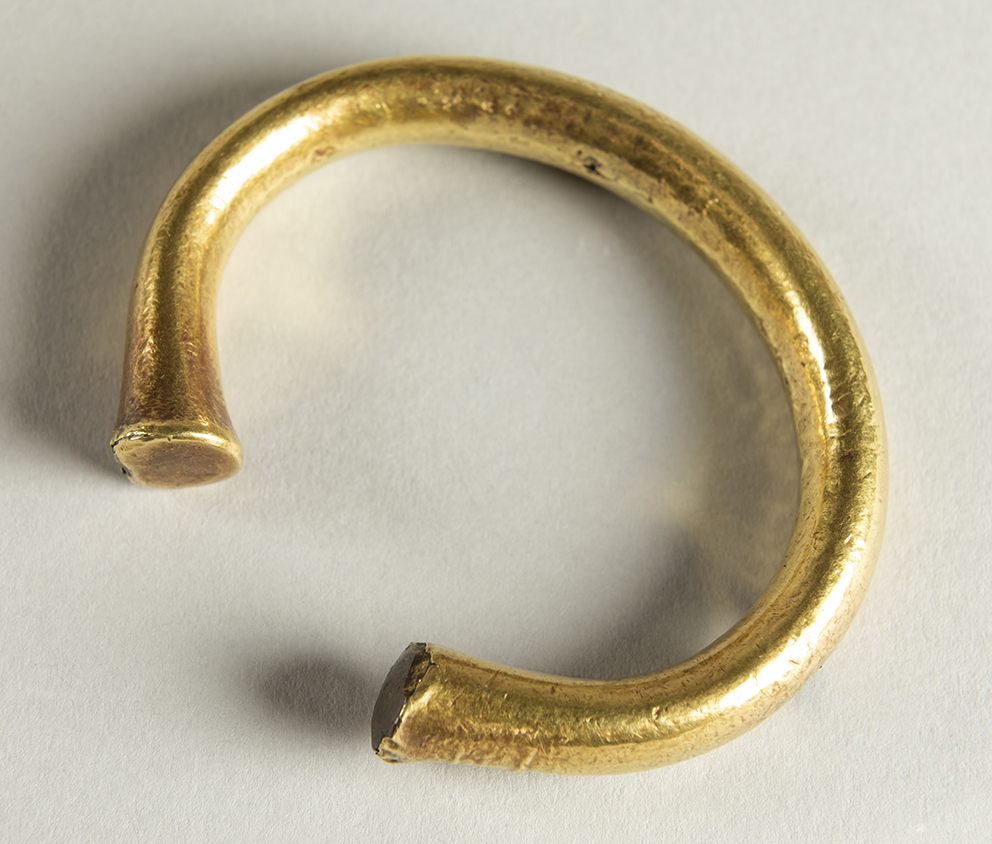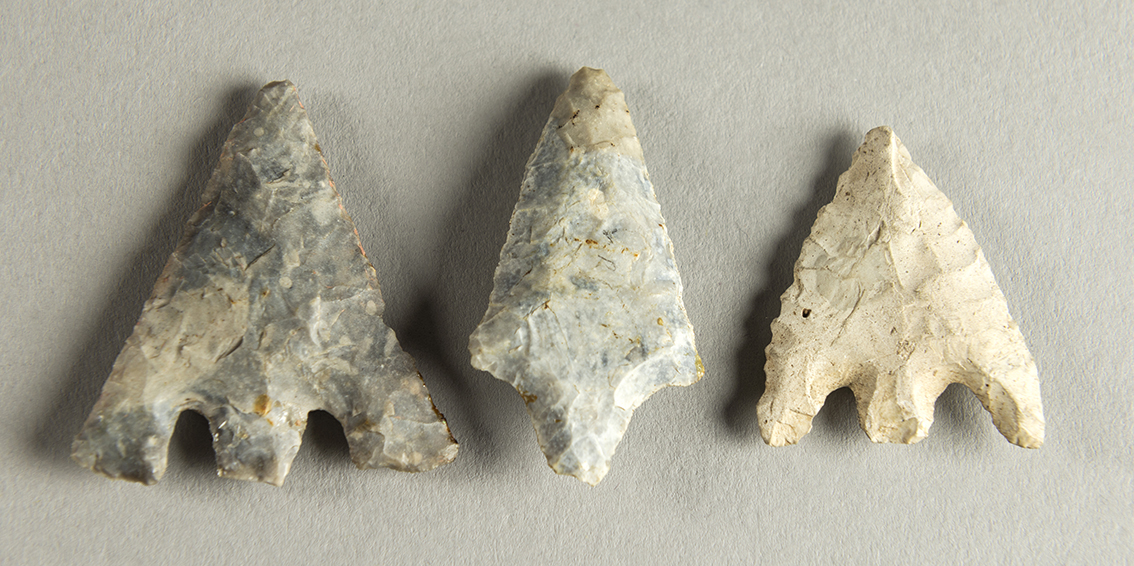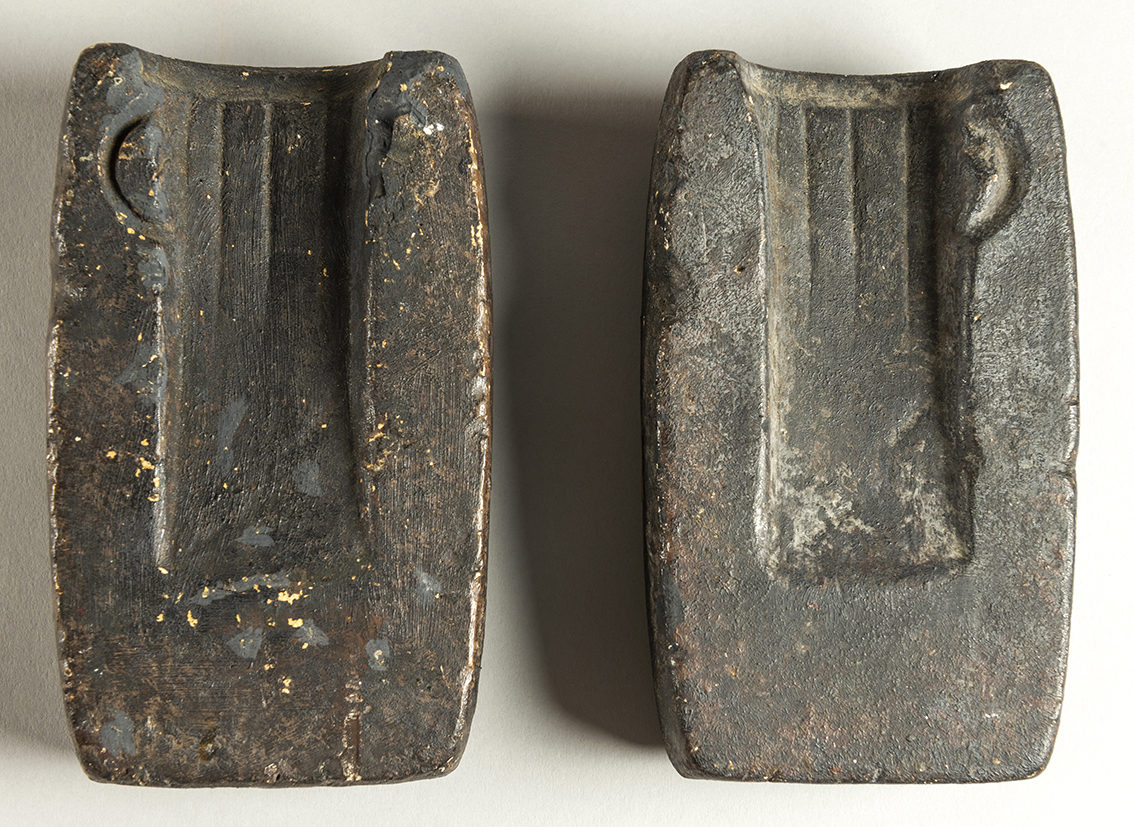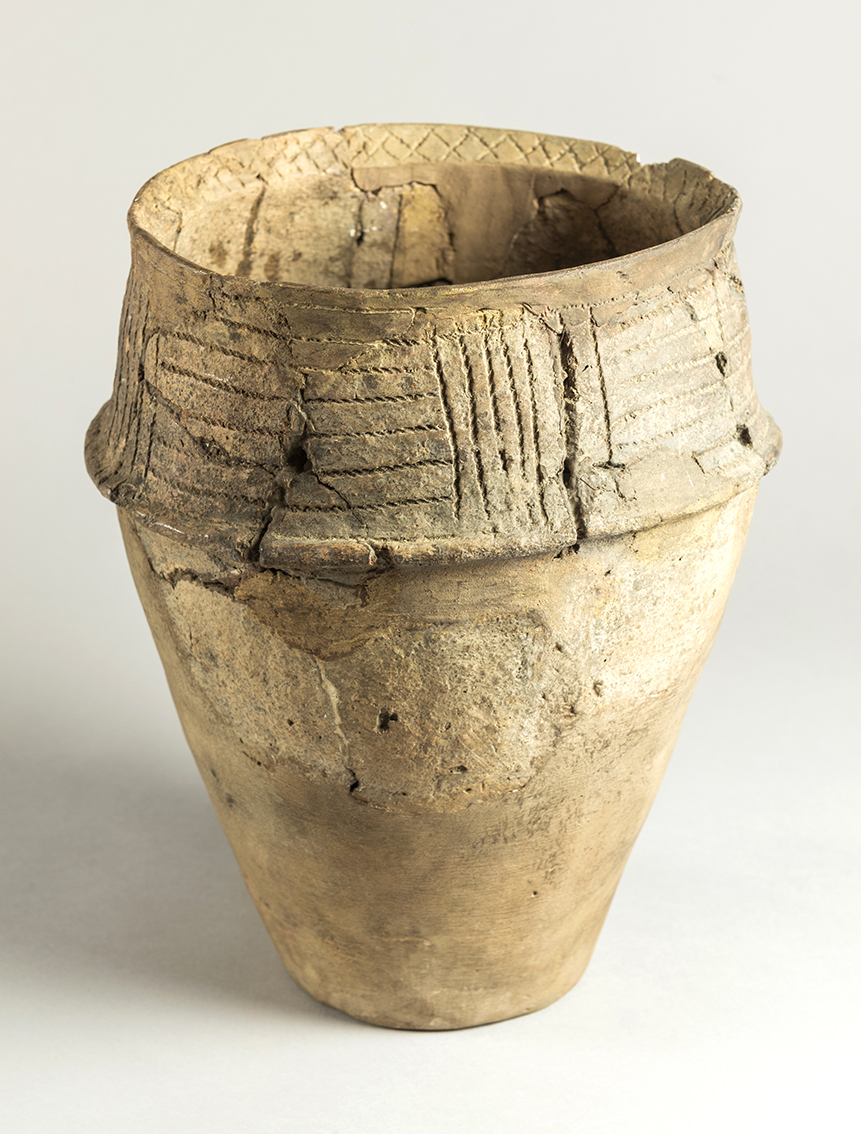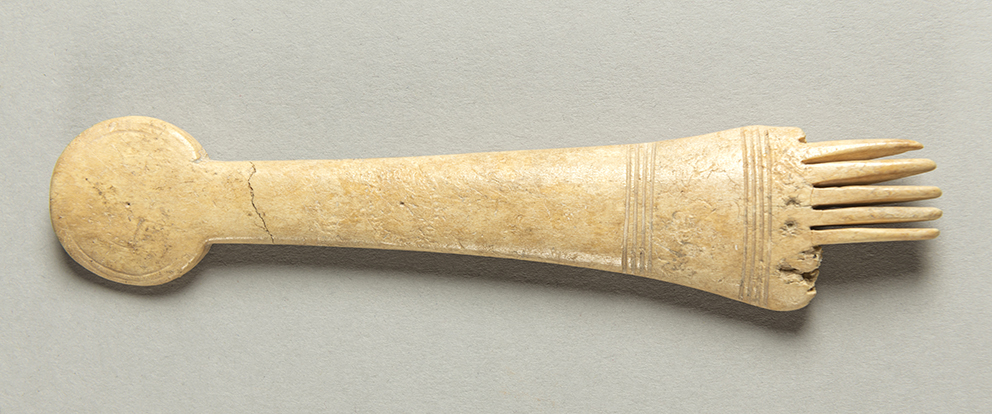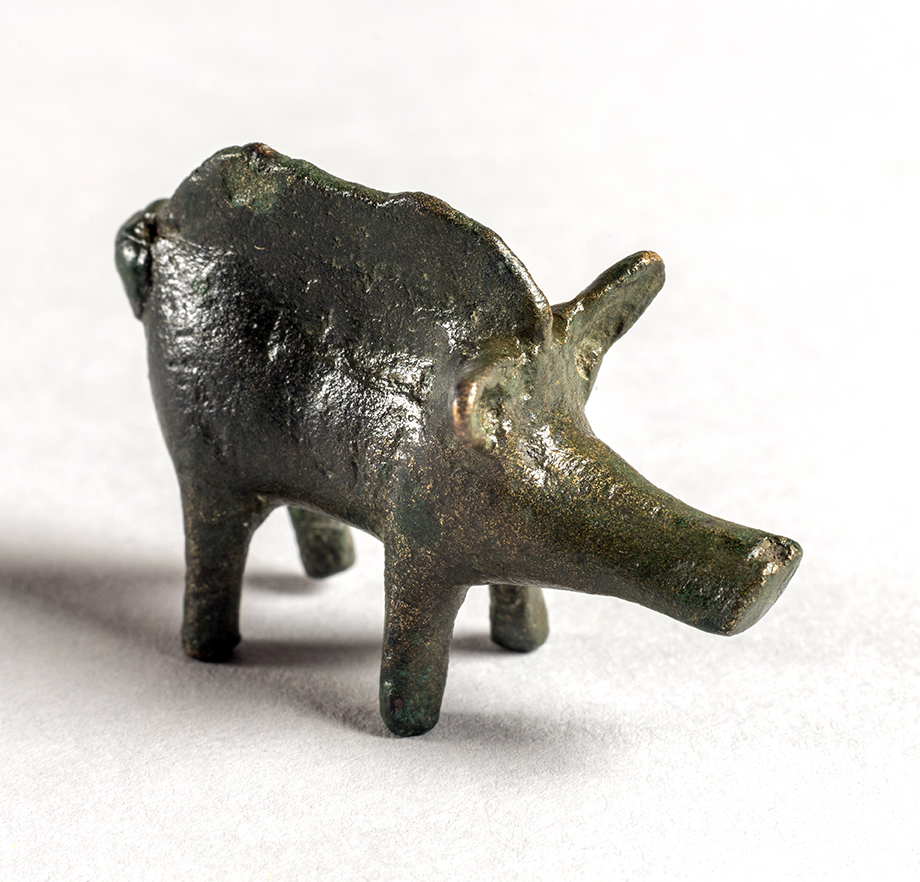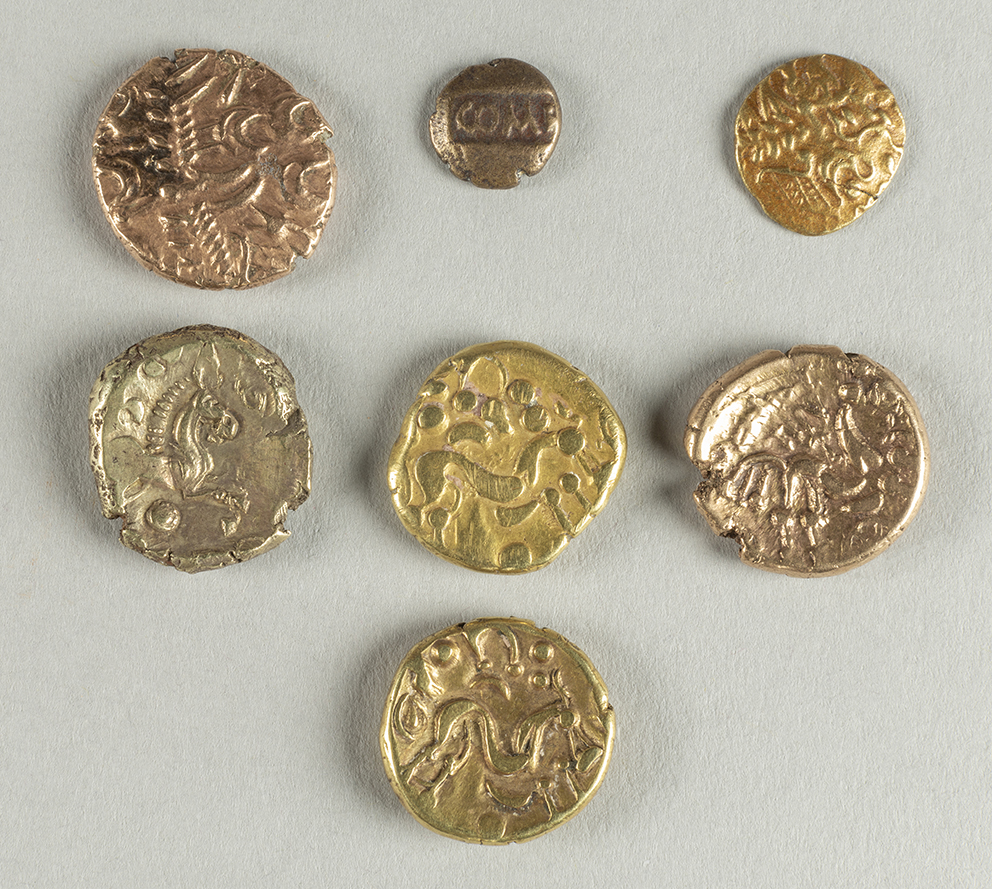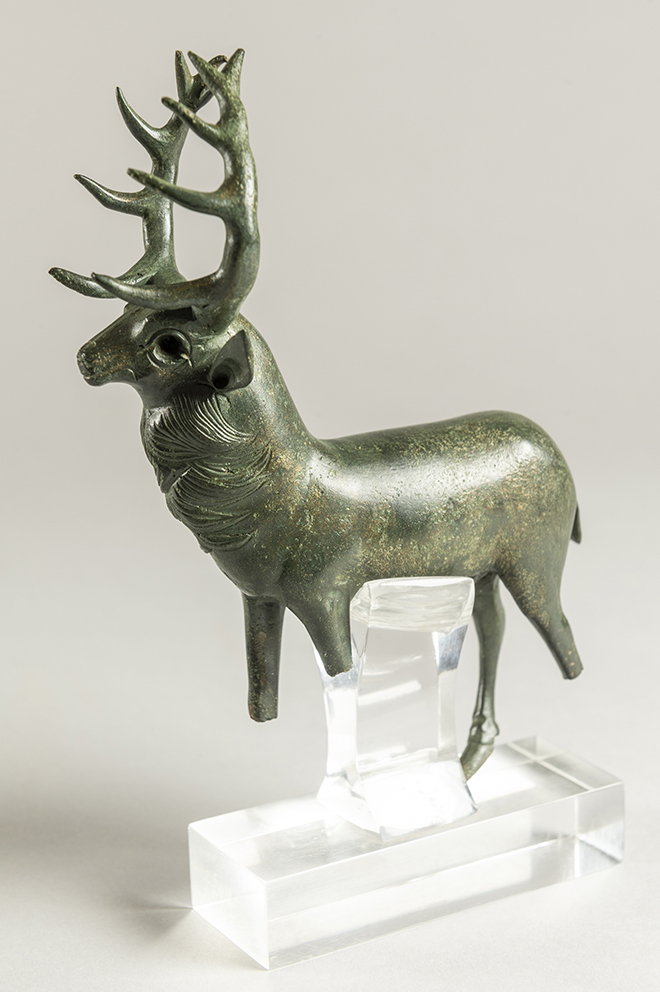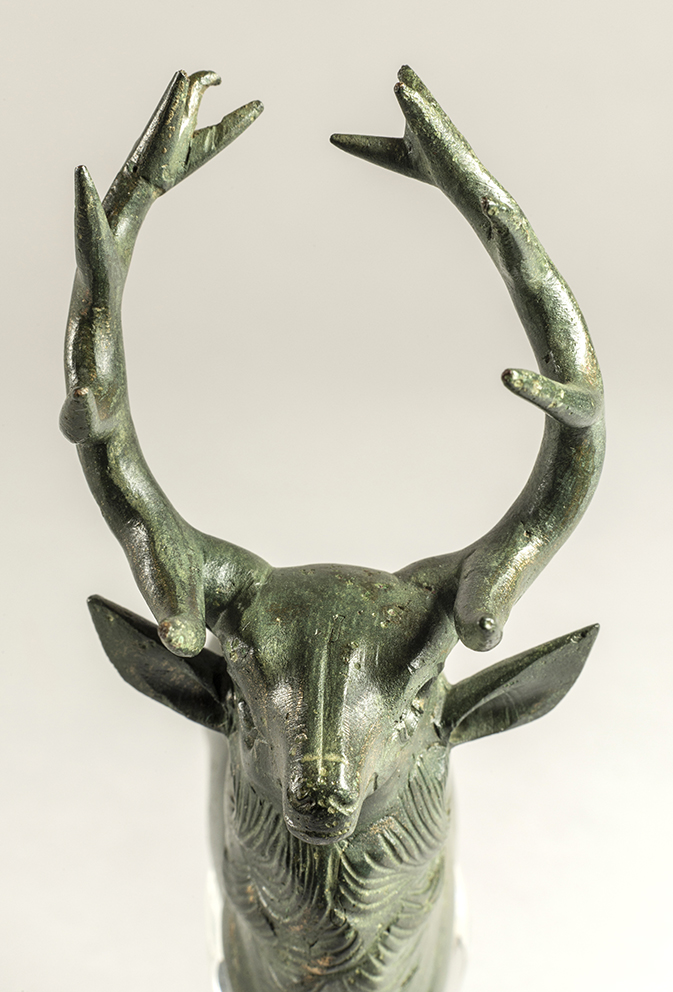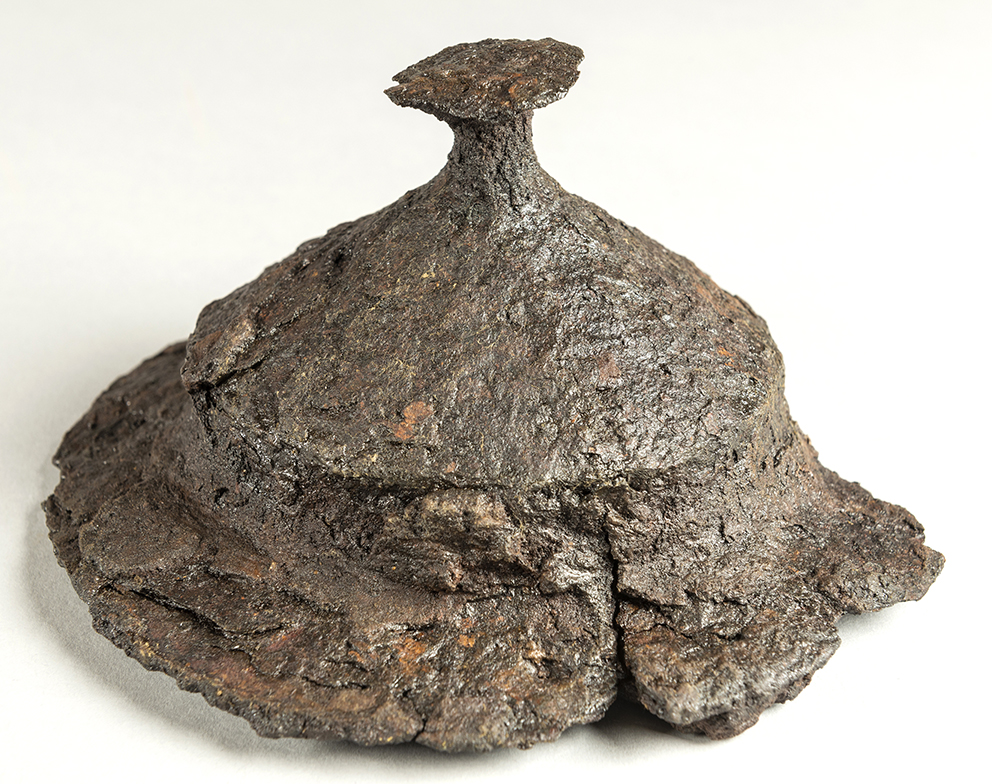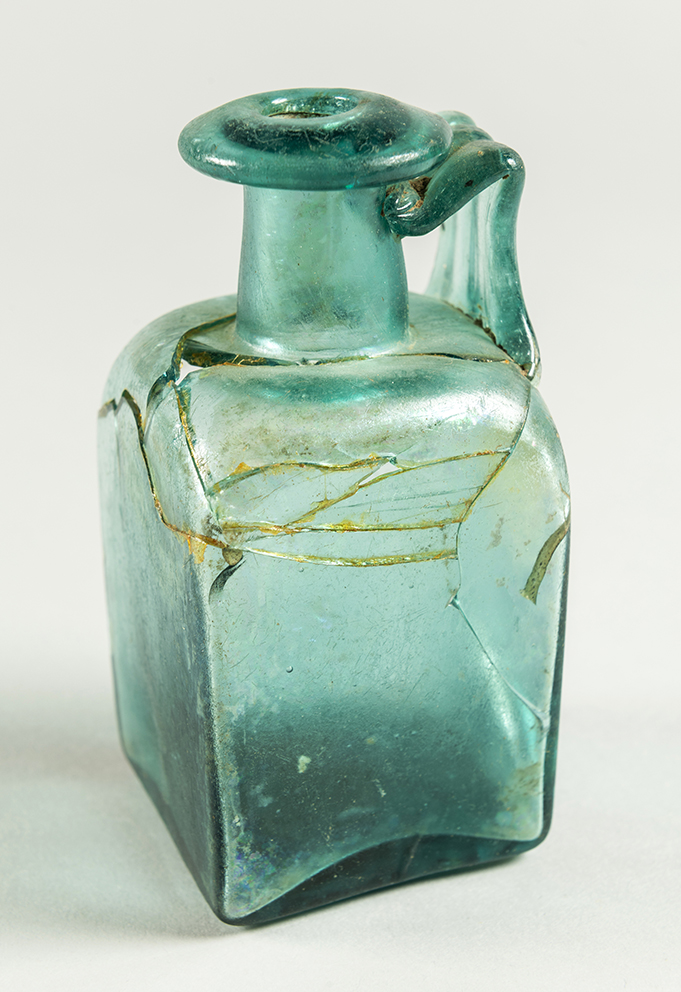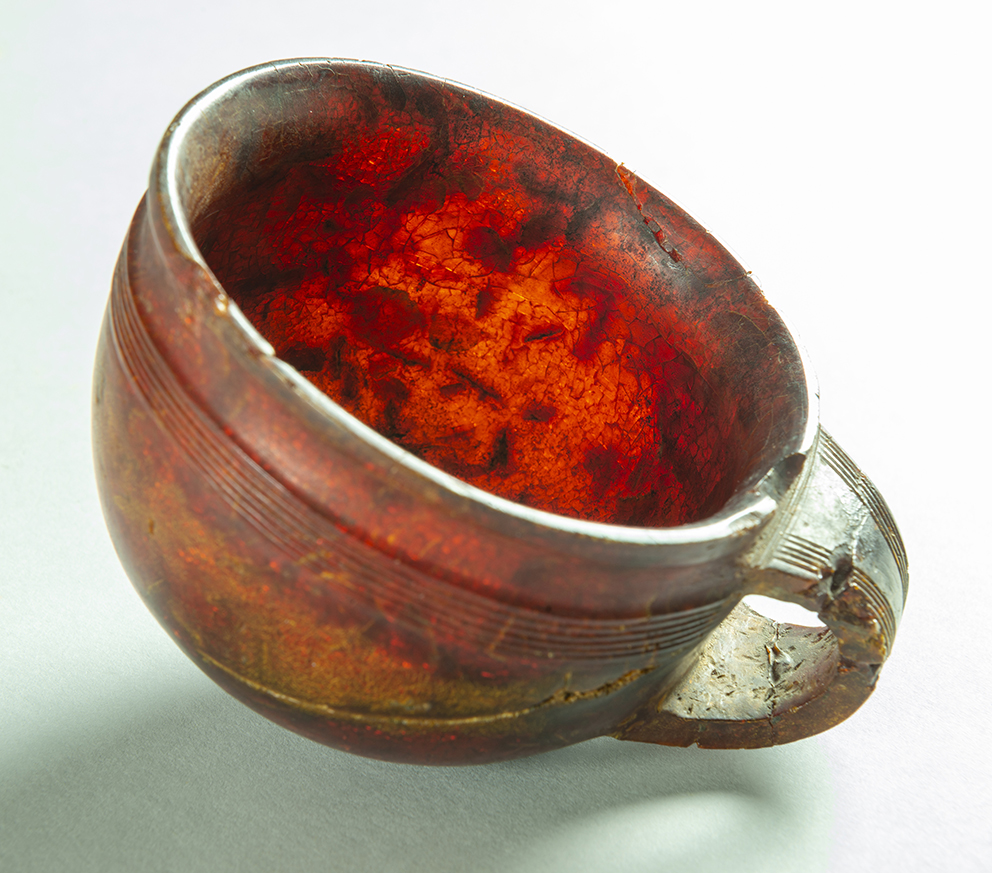In January 2018 I was commissioned to do some photography and film work for the new Archaeology Gallery at Brighton Museum. The photography was to be a wallpaper for the whole room of a scene within ancient woodland opening to a view of the South Downs. Investigations into ancient woodlands in Sussex led to preliminary shoots at Kingley Vale, North of Chichester, which consists mainly of very ancient yew trees with other species consistent with a post-glacial environment such as Birch, Willow and Oak. There are also spectacular views up to the escarpment and also South down to Chichester and the English Channel. The idea was to shoot in early Spring so that it didn’t look too dense or overgrown, but yew being yew, it’s pretty dense all year round. The film element was to be a static time-lapse view over downland which gradually turned from afternoon to evening to night, preferably with a moon-rise and a clear star-sprinkled sky gradually lightening to a beautiful sunrise. The chances of all these things coinciding is slight, but the idea was knocked on the head eventually by a lack of definition in the digital projector. Subsequently I was also asked to supply imagery for ‘era textures’ which included Neolithic clay, burnt wood, Bronze Age verdigris covered copper, Roman masonry, Iron Age textiles, Paleolithic chalk cliffs and Iron Age ceramics. Lastly I also photographed in excess of 100 objects which would be exhibited throughout the gallery. These included an amazing intact amber cup from a Bronze Age round barrow which was sited where Palmeira Square in Hove is today, The Woodingdean Stag and The Whitehawk chalk block (purpose unknown!). The idea behind the new gallery is looking at how our local ancestors lived and uses heads recreated from skulls found in the Brighton area. Archaeologist and historical facial reconstruction specialist Oscar D. Nilsson was responsible for the reconstructions. So there’s a Neolithic young woman from the Whitehawk causewayed enclosure, a Bronze Age young man buried near the Ditchling Road, an Iron Age man from Slonk Hill near Shoreham, a Romano British woman from Patcham and a Saxon man from a cemetery near Stafford Road.
Brighton Museum


